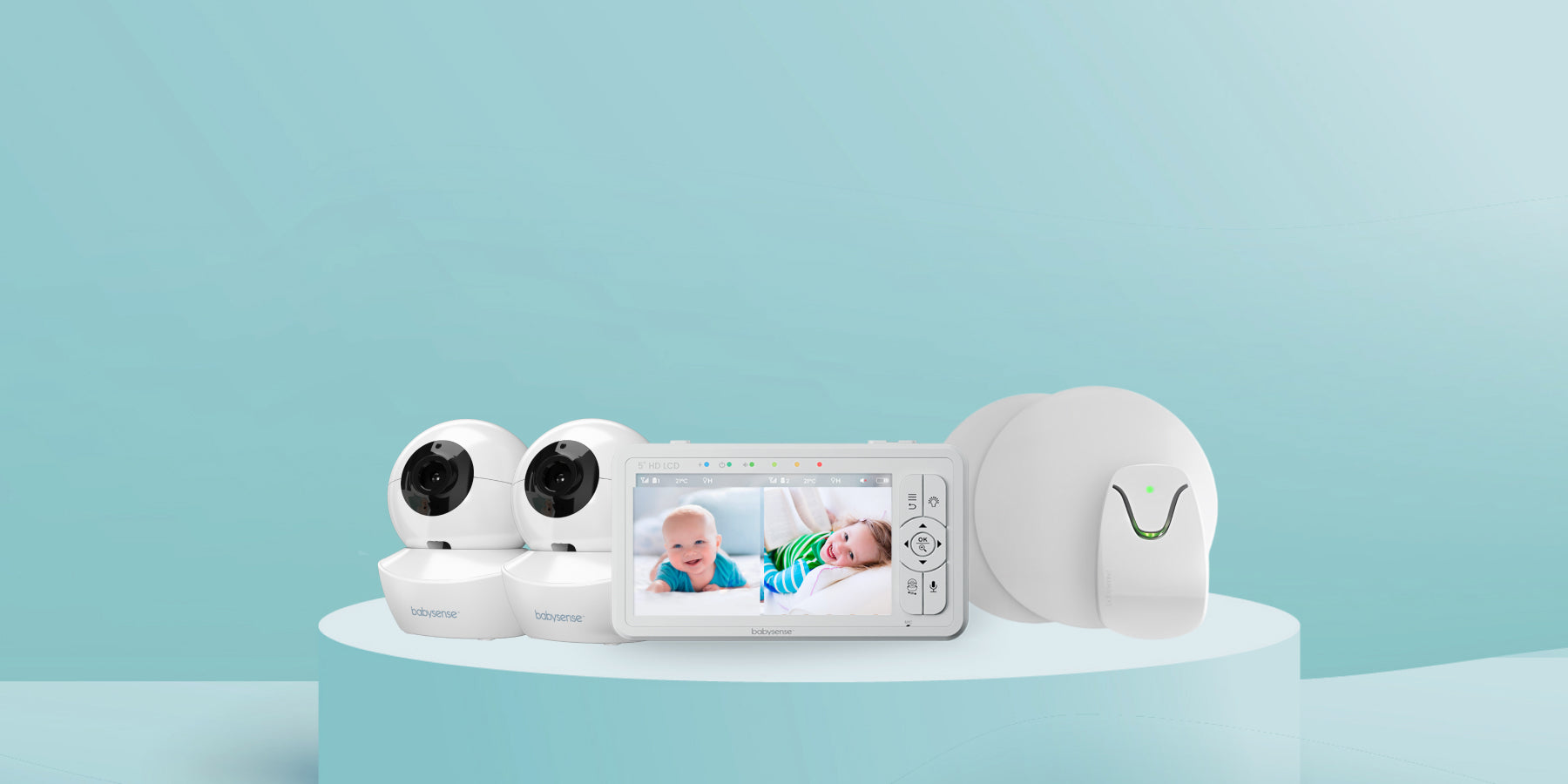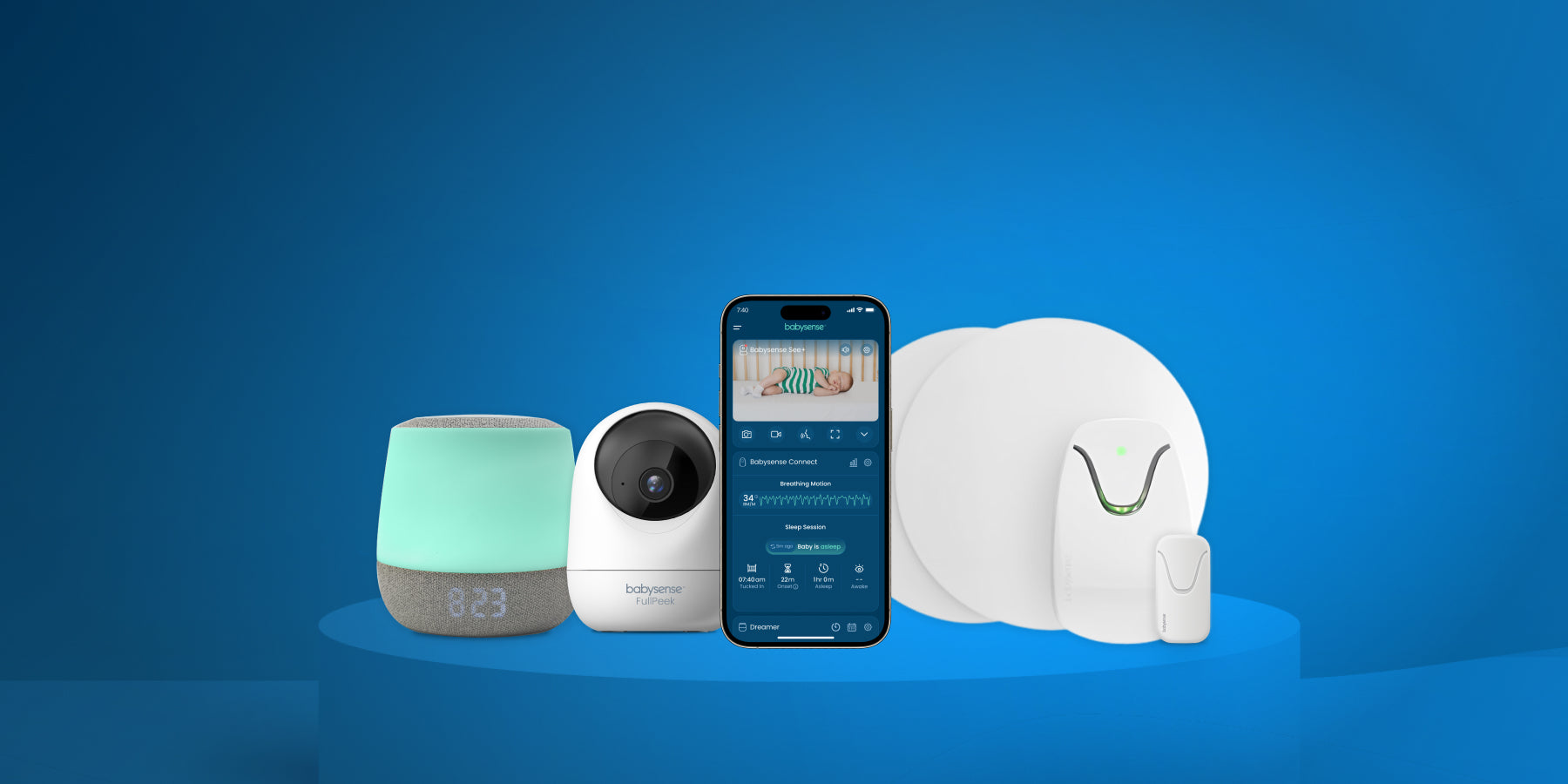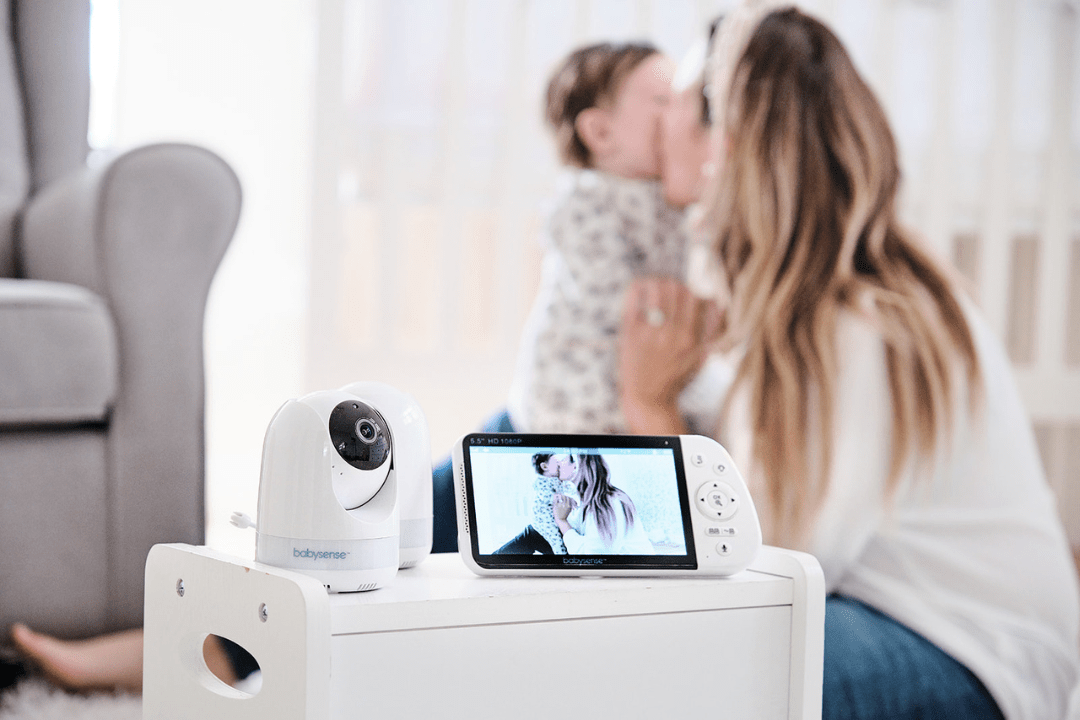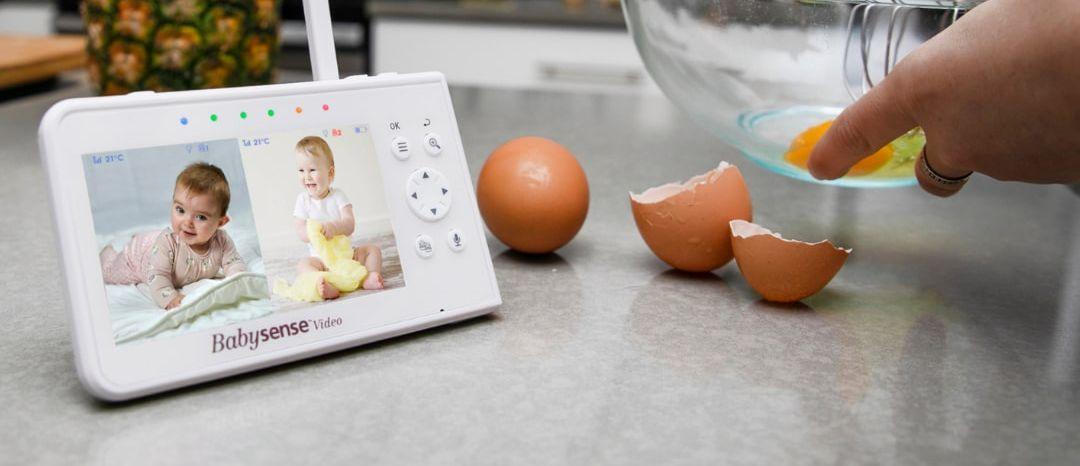Winter is truly a wonderland filled with great beauty and serenity, but it also raises a bit of concern on how to care for your darling little ones and keep them safe and warm during the cold months.
How do you keep them comfortable at night? What temperature should your baby’s room be? What do you do if your little one gets sick? As new parents, there are so many unknowns. Follow some of the tips below to ensure a safe, warm, and enjoyable winter for you and your precious bundle.
Babies, Cribs, and Blankets
One of the biggest fears for all parents is the thought of SIDS (Sudden Infant Death Syndrome). SIDS occurs when babies under the age of 1 die unexplainably in their crib. While all the causes for this are still largely unknown, there are steps you can take to help reduce the risk of SIDS.
ChildrensHospital.org suggests placing your little one to sleep alone in his/her crib, laying on his/her back on a firm mattress created especially for infants. Overdressing your baby can be dangerous as they can easily overheat. Therefore the room should be set at 68–72°F (20–22.2°C) and pyjamas should be lightweight.
Up until their first birthday, your little one’s crib should be kept empty with only a tight-fitting bed sheet on the mattress. To ensure your little one is not getting chilly at night, you can lay them to bed in a baby sleep sack which is more secure than a blanket and can not be pulled over to cover their faces and obstruct their breathing.
According to KidsHealth.org, babies could begin sleeping with a light blanket only after their 1st birthday. Even then, the crib should be kept clear of any pillows, dolls, toys, or any other items. The blanket itself should be lightweight and not contain any ribbons or strings. These items could potentially lead to strangulation or suffocation.
Another way to ease the worry and let you sleep soundly at night is by placing a baby breathing monitor under your little one’s mattress. These monitors are placed far away from your baby’s reach and ensure full bed coverage and close monitoring of your baby’s micro-movements (breathing/sleep movements) through the mattress, ensuring a low risk of false alarms. Full mattress coverage guarantees to monitor even if your little one rolls all around his/her bed as they sleep. These monitors are safe and emit no radiation of any kind that may harm the baby, helping you sleep rest-assured!
Baby Bath Time
When it’s brisk and chilly outside, you might wonder if it’s too cold for your little ones to bathe in a baby bath that does not fully cover their bodies.
As long as your home is set to the preferred temperature, your little one should feel fine taking his/her daily bath. Although, as babies do not sweat a lot during the winter, they don’t need to take a bath every day so you can alternate days. On days you do not bathe your little one, you can just give them a quick wipe down with a warm wet cloth, paying close attention to their folds, creases, and diaper area.
Babydestination.com has some helpful advice on how to prepare your little one for a comfortable bath during the wintertime.
1. Give your baby a nice soothing massage with a little oil. This will warm your baby’s body (and your hands) in preparation for their bath.
2. Be sure the room you are bathing your little one in is nice and warm before you begin bathing and be sure that all windows and doors are closed to avoid a breeze.
3. Always be sure to check the temperature of the water before you place the baby in the bath. The water should be approximately 38 degrees. It’s ideal to check with a thermometer, but if you do not have one, check the water temperature with your elbow as it is the most sensitive skin area on your body.
4. Make sure that everything you need for the bath is ready and reachable before placing your little one in the water. This will prevent you from having to take your baby out after he/she got wet to get missing items. Having a “bath basket” with all the items placed inside is the best way to always remember everything you need and be able to pull it out in one go.
5. Bathe your little ones from the feet up. This way, their head doesn’t stay wet and out in the air for too long.
6. Lastly, be sure your little one’s clothes are all laid out and ready for when you take him/her out of the bath. Wrap them in the towel and place them down near their clothes. Be sure to keep your baby’s head covered as you dress them to keep them warm. If they aren’t wearing full onesies, be sure to place socks on them to cover their feet.
As with adults, the winter air can dry out your little one’s skin, so be sure to moisturize your baby after baths to keep their skin hydrated.
Baby Colds and Fevers
Hearing your baby’s first sniffle, sneeze, or cough can be a little frightening for new parents, leaving you wondering how to take care of a baby’s cold and how to tell the difference between the common cold and something that needs more attention. According to Mayoclinic.org, most babies get a cold around 7 times before they turn one year old.
If your little one is under 3 months old, call the doctor as soon as symptoms arise, especially if they have a fever. However, once they turn 3 months old, they are more likely to contract the common cold from those around them. If your little one is around other toddlers or children, they will most likely catch these germs rather frequently, as their bodies have not yet developed an immunity.
A baby’s temperature is typically around 97.5°F (or 36.4°C). With a cold, your little one’s temperature can reach 100.4°F (38°C). If they have a fever higher than this, call to consult with your paediatrician. The best way to take your little one’s temperature has always been rectal as it has the most accurate and rapid results. Although nowadays, medical professionals are saying that temporal artery thermometry (using a digital forehead thermometer) has results that are just as accurate.
Mayoclinic.org has great advice on how to properly take a rectal temperature on your baby. If you do not feel comfortable doing this, you can always opt to take your little one’s temperature on their forehead or in their armpit. If you are going to take the temperature rectally, begin by turning your digital thermometer on and lubricating the tip with petroleum jelly (such as Vaseline). Lay your little one on his/her back and lift his/her feet in the air from under their knees/by their thighs. Slowly and carefully insert the thermometer 1/2 to 1 inch (1.3 to 2.5 centimetres) into the rectum making sure your baby is laying steady and not fidgeting around too much. Be sure not to use force.
Bundling up your Baby
For the most part, as long as your little one is dressed in comfortable layers, he/she will be comfy and cozy! Once temperatures drop below freezing (32°F or 0°C) you should keep them indoors as the severe cold can damage and dry out their (and your!) skin.
When dressing your baby to go outdoors, be sure to always have a warm hat covering their head and mittens protecting their little hands. Typically dressing your little one in one layer more than what you are comfortable in, is enough to keep your baby cozy and warm. For example, if you are comfortable outdoors in a long sleeve shirt and sweatshirt, your little one should be dressed in a long sleeve onesie, an additional shirt over that, plus a sweatshirt/sweater to keep them snug.
If you have your little one in a winter coat while walking outdoors, be sure to remove the coat before buckling them into a car seat. Healthychildren.org explains that in a car crash, the extra padding of a coat immediately flattens out and leaves a gap between the seat belt harness and the baby. This can lead to the baby being bounced around harshly or even thrown from their car seat. If a stroller sack or blanket is not sufficient to keep them warm outdoors and they must wear a coat, remember to remove it before buckling them into a car seat.
Knowing how to keep your little ones comfortable and safe during these cold months can make winter a great time to enjoy the outdoors and spend quality time, cozily indoors.





